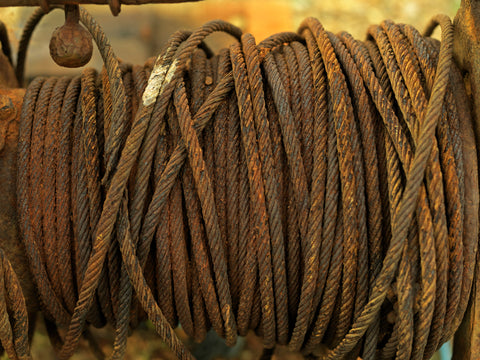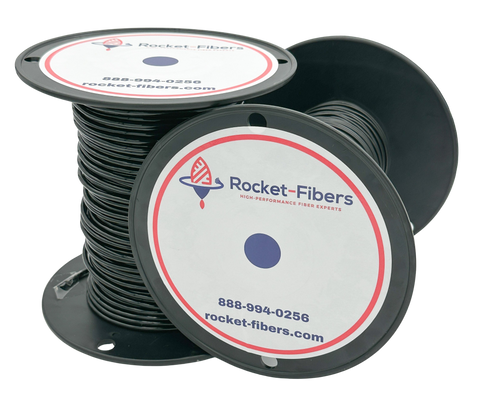The adoption of high-performance synthetic fibers over metal wire rope or cable presents compelling technical advantages across multiple key areas. Firstly, these fibers offer remarkable corrosion resistance, a feature absent in metal counterparts. While metal wire rope or cable are susceptible to corrosion and degradation in harsh environments, high-performance synthetic fibers, such as carbon fiber or aramid fiber, exhibit exceptional resistance to corrosion. This makes them highly suitable for applications in marine, coastal, or chemical environments where exposure to moisture, saltwater, or corrosive chemicals is prevalent, ensuring prolonged structural integrity and reduced maintenance costs.

Secondly, high-performance synthetic fibers provide an impressive strength-to-weight ratio. In comparison to metal wire rope or cable, synthetic fibers offer superior tensile strength while being significantly lighter in weight. This advantage allows for the construction of lighter and more efficient structures without compromising safety or performance. Industries such as aerospace, automotive, and sporting goods can leverage the strength-to-weight ratio of synthetic fibers to develop products that are both robust and lightweight, resulting in improved fuel efficiency, enhanced performance, and reduced energy consumption.
Additionally, high-performance synthetic fibers excel in terms of flexibility and suppleness, outperforming metal wire rope or cable. Synthetic fibers can endure repetitive bending, twisting, or flexing without experiencing fatigue or degradation. This flexibility is particularly advantageous in applications requiring dynamic movements or articulation, such as suspension bridges, robotics, or crane systems. The use of synthetic fibers allows engineers and designers to create structures that can withstand continuous and varied motion, enhancing durability and extending the operational lifespan of such systems.
Furthermore, high-performance synthetic fibers possess excellent electrical insulation properties. Unlike metal wire rope or cable, which conduct electricity and can pose electrical hazards, synthetic fibers are non-conductive and provide effective electrical insulation. This feature is invaluable in industries prioritizing electrical safety, such as power transmission, telecommunications, or electrical equipment manufacturing. The inherent insulation capability of synthetic fibers helps prevent electrical shocks, short circuits, or electromagnetic interference, ensuring reliable and secure operations.
Lastly, high-performance synthetic fibers are non-magnetic, offering a distinct advantage over metal wire rope or cable. In environments where minimizing magnetic interference is crucial, such as medical imaging, sensitive scientific equipment, or aerospace systems, the non-magnetic nature of synthetic fibers proves invaluable. It eliminates distortions or disruptions caused by magnetic fields, ensuring accurate measurements, precise imaging, and reliable electronic performance.
Summary
- Synthetic fibers offer remarkable corrosion resistance, suitable for marine and chemical environments, reducing maintenance costs.
- Synthetic fibers provide a strong yet lightweight option for constructing efficient structures in aerospace, automotive, and sporting goods industries.
- Synthetic fibers excel in flexibility, enduring repetitive movements without fatigue, ideal for dynamic applications like robotics and suspension bridges.
- Synthetic fibers are non-conductive and non-magnetic, ensuring electrical safety and accuracy in sensitive industries such as power transmission and medical imaging.








